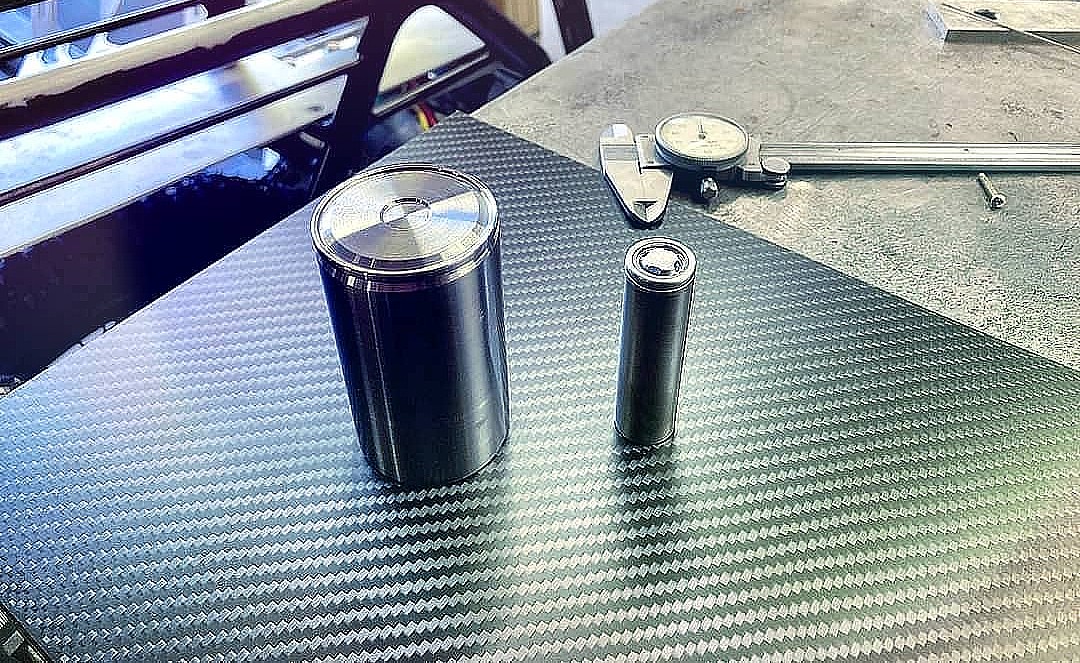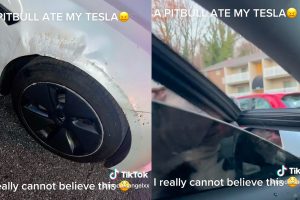While researching my book, Tesla: How Elon Musk and Company Made Electric Cars Cool, and Remade the Automotive and Energy Industries, I was fortunate to be able to interview two of the Tesla founders, Marc Tarpenning and Ian Wright. Wright offered some keen insights about Tesla’s systems approach to its software, which was the opposite of the way the legacy automakers were (and mostly still are) doing things, and this turned out to be one of my favorite parts of the book. He made these comments in 2014, and he was referring to events that had happened years earlier, but what he said is to a large extent still true today, and since then many writers have echoed Wright’s observation that Tesla’s systems approach is one of its greatest competitive advantages. I got a lot of mileage out of that interview—I’ve referred to it in at least a dozen articles.
When it created Model S, Tesla changed the way cars were developed and manufactured, although not in ways that were obvious at the time. “The way that Toyota manufactures a car, the way they stamp the metal and weld them together and paint them and do all the interior bits and put the car together, it’s kind of hard to beat that. I’m not sure that Tesla’s made any advances on that, or even gotten to the level of doing that,” Ian Wright told me. “On the other hand, if you’re a Silicon Valley technology engineer, and you look at the way modern cars are designed from an electronics point of view, to use an Australian expression, it looks like a dog’s breakfast. It doesn’t appear that they have what we would call a systems architecture.”
People often describe the modern automobile as a “computer on wheels,” but it’s really more like a couple dozen small computers, not one. Unlike a modern computer network or software application, a (non-Tesla) car is not designed as a single system—it’s a mishmash of separate, incompatible computer systems, each one sourced from a different supplier. “I’m looking out the window at my 2008 Volkswagen Touareg, and I bet that’s got sixty or seventy electronic black boxes, three hundred pounds of wiring harness, and software from twenty different companies in it,” said Ian Wright. “The major reliability problem with those cars is the electronics and software. I think Tesla did take a real Silicon Valley systems architecture perspective in designing all the electronics in the Model S. I don’t know to what extent that way of doing things will translate to the big guys, but I think it is a very different way of doing it and I expect that their electronics and software will wind up being quite a bit more reliable than what we’re used to in cars.”
All the software that runs Model S is integrated as a single, logical system, which means, according to Wright, “fewer black boxes, a simpler wiring harness, more integrated software, fewer surprises when something goes wrong and other things don’t work properly, or something weird starts happening.”

Wright offered a practical example of how the hodgepodge approach can result in a crummy customer experience. “My 2008 Volkswagen has got a nice color LCD right there in the middle of the instrument cluster and it drives me crazy, because there’s plenty of room to have lots of information on there, but they’ve divided it into a bunch of big fields. One of the fields gives you the outside air temperature—until the low fuel warning goes off. When your low fuel warning goes off, they overwrite the temperature with the low fuel warning icon and until you put more fuel in the car, you can no longer tell what the outside air temperature is. They could so easily have moved stuff around and put that somewhere else, but they couldn’t do that because the way they developed things, there was a specific crew that did that, a specific piece of code—it’s done this way. That’s the sort of thing that Tesla gets right in their sleep, and the big guys really struggle with.”
The integrated approach also means that, as technology improves, things can be upgraded quickly and smoothly. In the traditional auto industry, improvements are usually made only with each new model year. A smartphone maker, on the other hand, might roll out an upgrade, or even a major new feature, in a matter of weeks. As we’ve seen, Tesla has made several important upgrades to its vehicles remotely, without the owners having to do anything. Making similar changes to a traditional vehicle would require bringing it back to the dealer. As far as I know, no other automaker has ever issued an improvement or upgrade for an existing vehicle, except to fix a faulty component.
In an EV, electronics and software are the very heart of the vehicle, so as the majors begin to produce EVs, they will eventually be forced to adopt a more systems-oriented approach (although this isn’t likely to happen as long as they are simply adapting gas-powered models by dropping in an electric powertrain). Furthermore, two other powerful trends are converging with electrification: automation and connectivity. Keeping up with these advances will absolutely require a software-centric approach. This is no minor adjustment for the automakers—it’s a revolution in the way they design and build their products. To build the electrified, autonomous, hyperconnected automobile of the 21st century using the current system would be like building a smartphone that incorporates one chip and operating system for telephony, another for the internet, another for the camera, another for the music player, etc.
It’s not just a question of doing a better job designing the electronics and software—the problems are inherent in the structure of the industry. As Wright explained to me, even though the majors are improving their software systems, “they generally don’t develop any of that stuff themselves, they write a spec and they send it out to Tier 1 suppliers like TRW, Siemens and Bosch [or, in the case of the Chevy Bolt, LG Chem]. If they’re still doing it that way, I think they’re still going to have a problem.”
===
Written by: Charles Morris. You’ve just read an excerpt from Chapter 9 of Tesla: How Elon Musk and Company Made Electric Cars Cool, and Remade the Automotive and Energy Industries. The rest of the chapter discusses Tesla’s battery innovations, the origin of the Supercharger network, Tesla’s safety features, Autopilot and more. The following chapter explains how Tesla redefined not just the automobile, but the automaker.
The book has been completely revised and expanded, with the addition of new chapters on China, Model Y, Cybertruck and the events of 2020. It’s now available on Amazon.
Want to buy a Tesla Model 3, Model Y, Model S, or Model X? Feel free to use my referral code to get some free Supercharging miles with your purchase: http://ts.la/guanyu3423
You can also get a $100 discount on Tesla Solar with that code.





